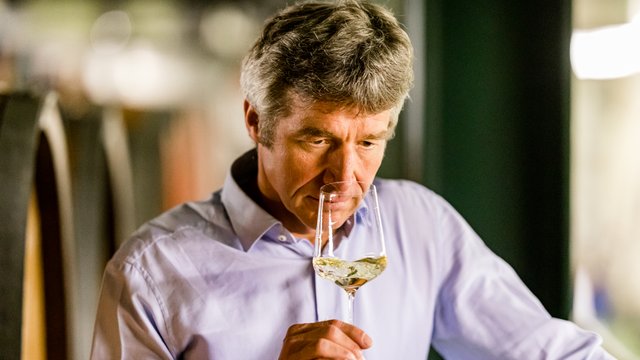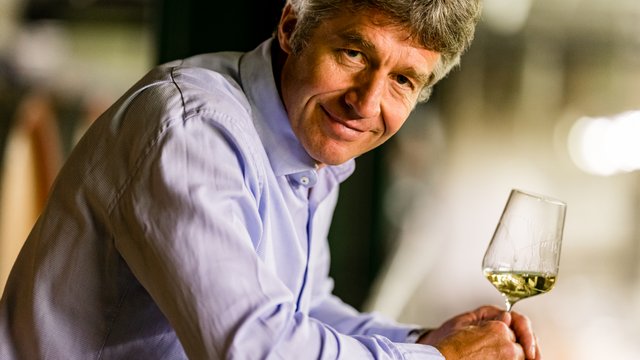Berg Schlossberg
Total area: 25 hectares
Weingut Künstler 0,1 hectares
Vineyard
The vineyard name refers to Ehrenfels Castle, built around 1211 as a defensive and toll castle. As the steepest hillside vineyard in the entire Rheingau, only the hardiest of vines thrive in these quartzite soils. The reward for working in these world-famous extremes are wines of legendary elegance.
Wine: Crisp and Comely
Rieslings grown in quartzite offer a fine minerality and an unmistakable acidity ranging from snappy to savory. They are delicate and lacy, marked with an elegant fruitiness in their youth. Enormous cellarability — leave to mature for at least 4 to 5 years!
Soil
Quartzite soils are classified as leptosol, or 'raw'. The base materials for this type of earth formed in the Ice Age. Intensive frost weathering pulverized the extremely hard rock into coarse fragments, stone and fine-grained sediment. Veins of clayey slate, sandwiched between quartzite layers, eventually weathered into fine clay-rich soil with plentiful extractable minerals. Iron oxide bestowed a reddish hue upon the stone and fine soil here — typical of quartzite. During summery periods of the Ice Age, quartzite debris thawed and migrated down the slope. On its way it picked up slate and loess, forming a new stone composition that enhanced the fertility of the soil, as quartzite is almost entirely composed of inhospitable quartz. The soils have been subjected several times to the "Rigolen" double-digging and tilling process. This leavening has helped loosen and homogenize the earth in preparation for replanting. The humus of the upper soil has given it a somewhat darker coloration.

